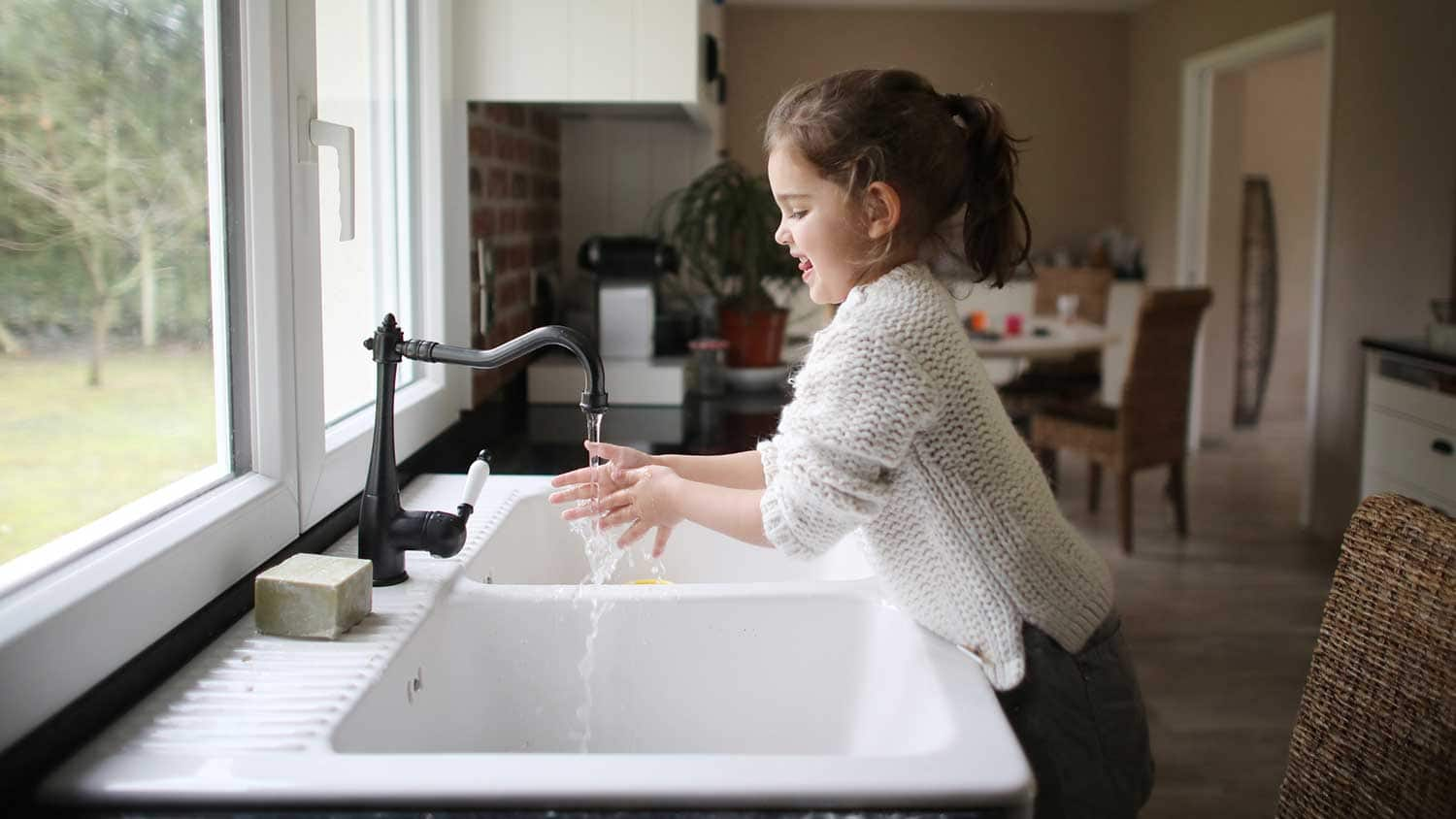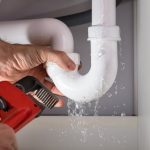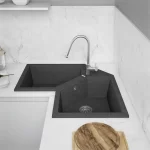Introduction: The Unwelcome Visitor in Your Kitchen Sink
When you find yourself staring at a pool of stagnant water in your once-pristine kitchen sink, it’s easy to feel overwhelmed by the unexpected inconvenience. A clogged drain can bring even the most efficient household to a standstill, turning daily chores into frustrating battles. This guide aims to transform your drain drama into a victorious tale of DIY triumph by walking you through effective methods to unclog a kitchen sink with standing water, without the need for professional assistance—unless, of course, the situation calls for it.
Understanding the Culprit: Why Drains Clog
Before diving into solutions, it’s crucial to understand what causes these pesky blockages. Kitchen sink drains are notorious for accumulating a medley of debris, including food scraps, grease, soap residue, and even hair. Over time, these materials congregate within the pipes, gradually forming a stubborn clog. Grease, in particular, solidifies as it cools, acting as a glue that binds other particles together, exacerbating the problem. Recognizing the common culprits can help prevent future clogs and inform your choice of unclogging strategy.
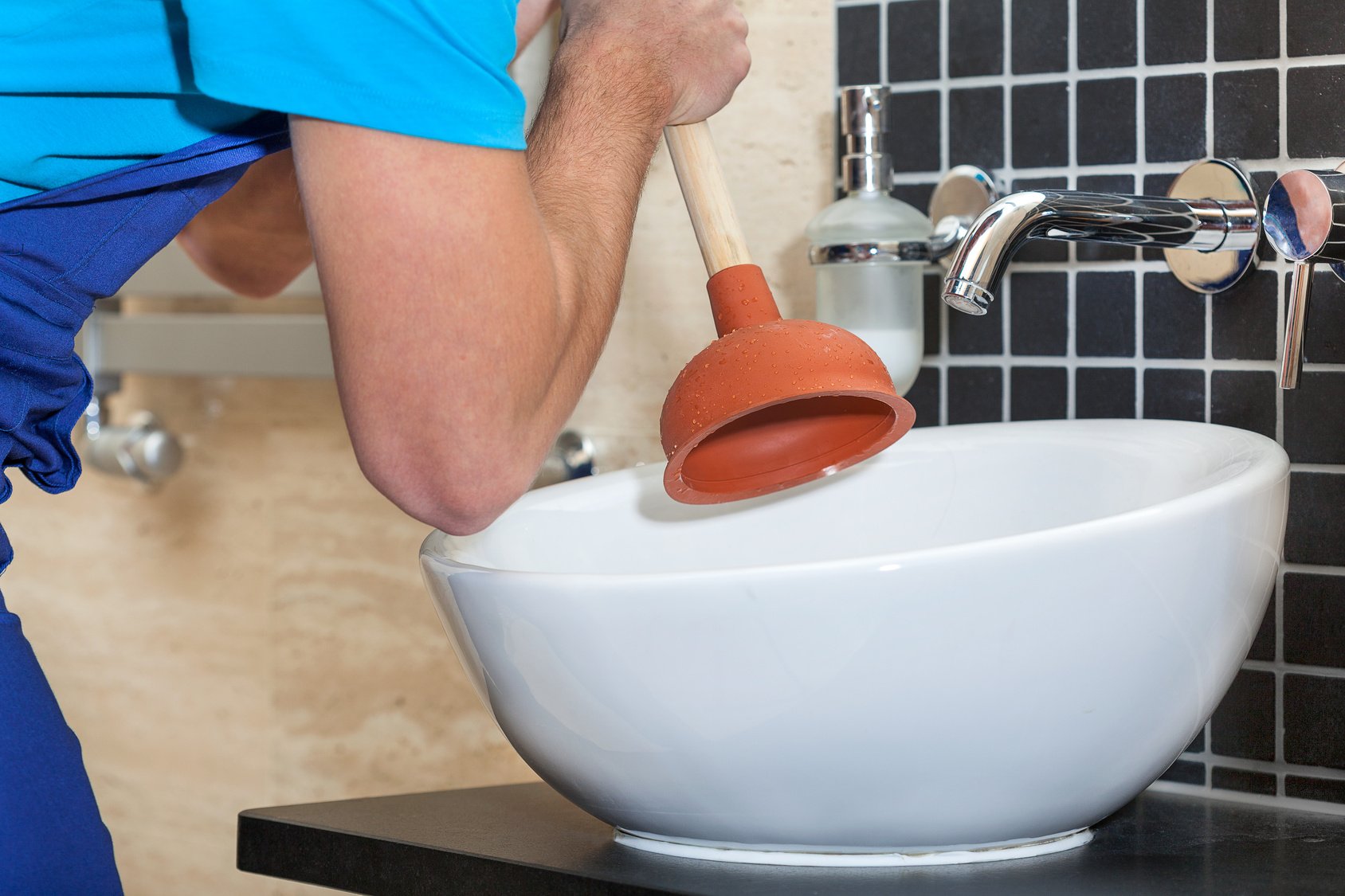
The Toolbox: Gathering Essential Supplies
To embark on your drain-clearing mission, gather a few basic tools and materials. You’ll likely need a plunger, a sink auger (also known as a plumbing snake), baking soda, vinegar, hot water, rubber gloves, and potentially a bucket or bowl to catch any overflow. Having these items at hand ensures you’re well-equipped for the task ahead, minimizing unnecessary interruptions.
Plunge into Action: The Art of Effective Plunging
Your first line of defense against standing water is the humble plunger. Begin by placing the cup of the plunger over the drain opening, ensuring a tight seal. Fill the sink partially with a few inches of warm water, then plunge vigorously, creating a suction force that can dislodge the obstruction. Repeat this action several times, alternating between pushing and pulling, maintaining steady pressure. If done correctly, the water should start draining, signaling success. Remember, patience is key here; sometimes, it takes several attempts to shift a stubborn clog.
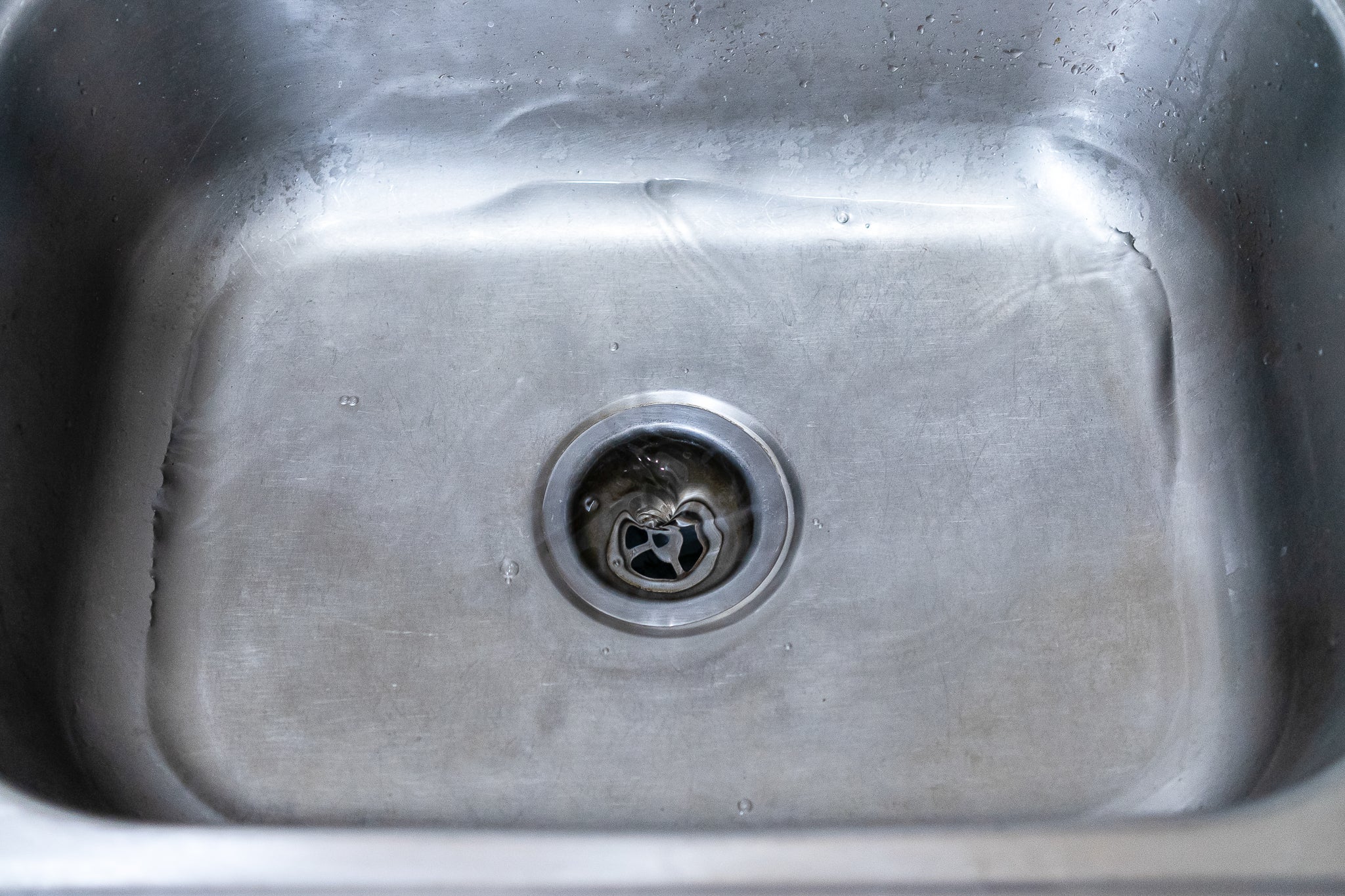
The Natural Approach: Baking Soda and Vinegar Solution
Should plunging prove ineffective, turn to a natural and chemical-free solution: baking soda and vinegar. Start by removing as much standing water as possible using a cup or a wet-dry vacuum. Next, pour a cup of baking soda directly into the drain, followed by a cup of white vinegar. The mixture will fizz, indicating a chemical reaction that helps dissolve organic matter. Let it sit for approximately 30 minutes to an hour, then pour boiling water down the drain to flush out any remaining debris. This eco-friendly method is not only effective but also safer for your pipes and the environment.
Snaking Through: Using a Sink Auger to Battle Tough Clogs
For more persistent clogs, it’s time to bring out the big guns: the sink auger. Insert the auger’s cable into the drain until you encounter resistance, which signifies reaching the clog. Rotate the handle clockwise to penetrate and break up the obstruction. Be cautious not to apply excessive force to avoid damaging your pipes. Once you sense the cable moving freely, retract it slowly, potentially pulling out debris with it. Rinse the drain with hot water to check your progress. This mechanical approach is highly effective against dense or deeply seated clogs.
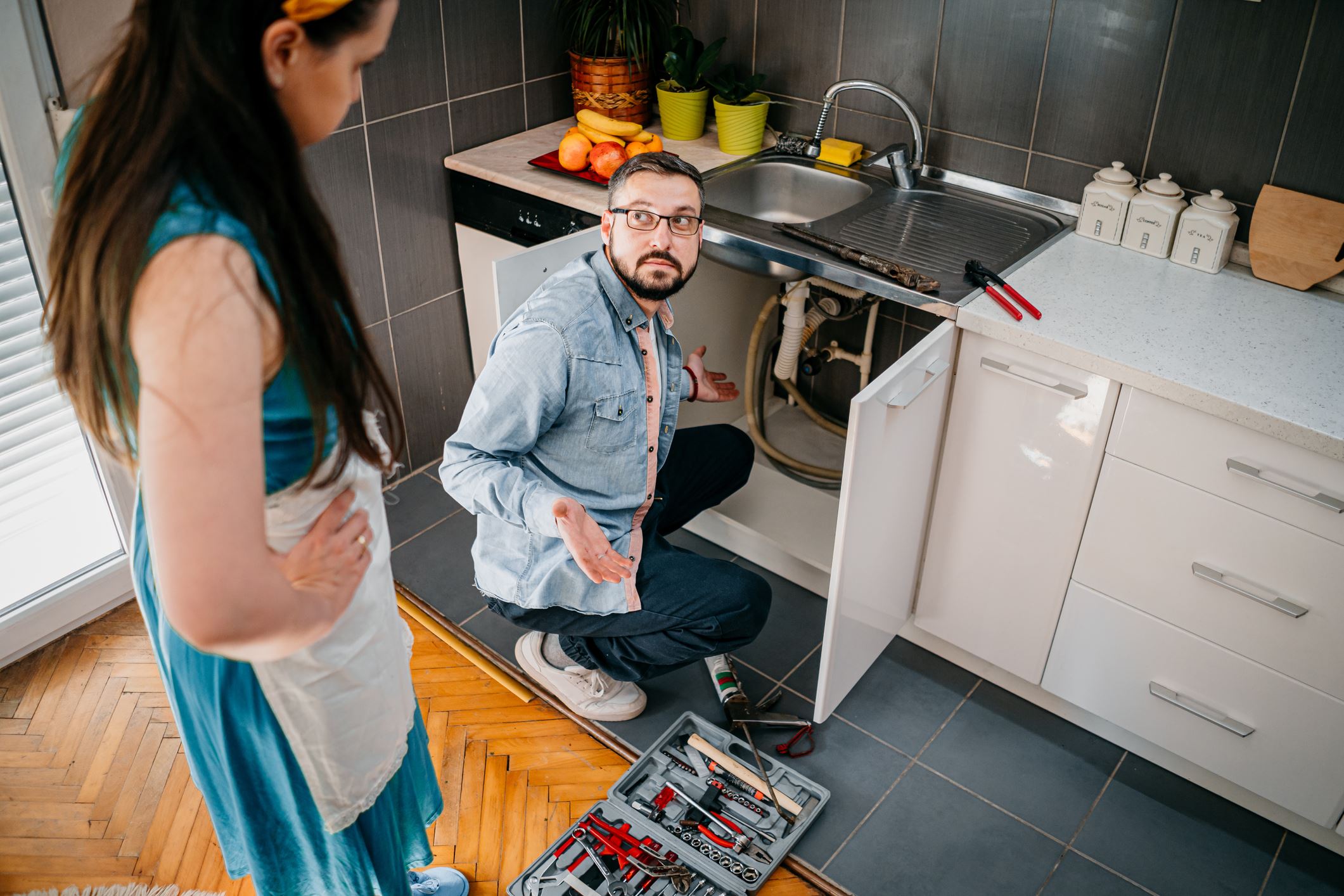
Preventive Measures: Keeping Your Drain Flowing Freely
After successfully unclogging your sink, adopt preventive measures to minimize future dramas. Install a drain strainer to catch food scraps, and never pour grease down the drain; instead, let it cool and dispose of it in the trash. Regularly clean your pipes using mild solutions like baking soda and vinegar to keep buildup at bay. Lastly, run hot water down the drain after each use to flush out any lingering substances. These simple habits can save you from recurring drain dilemmas.
When to Call in the Professionals
While DIY methods often suffice, there are instances when professional intervention becomes necessary. If your efforts yield no results, you notice persistent foul odors, or you suspect damage to your plumbing system, it’s time to enlist expert help. Attempting overly aggressive repairs without the right expertise can lead to more significant issues, turning a minor inconvenience into a costly repair job. Trusting a licensed plumber ensures the problem is addressed safely and efficiently.
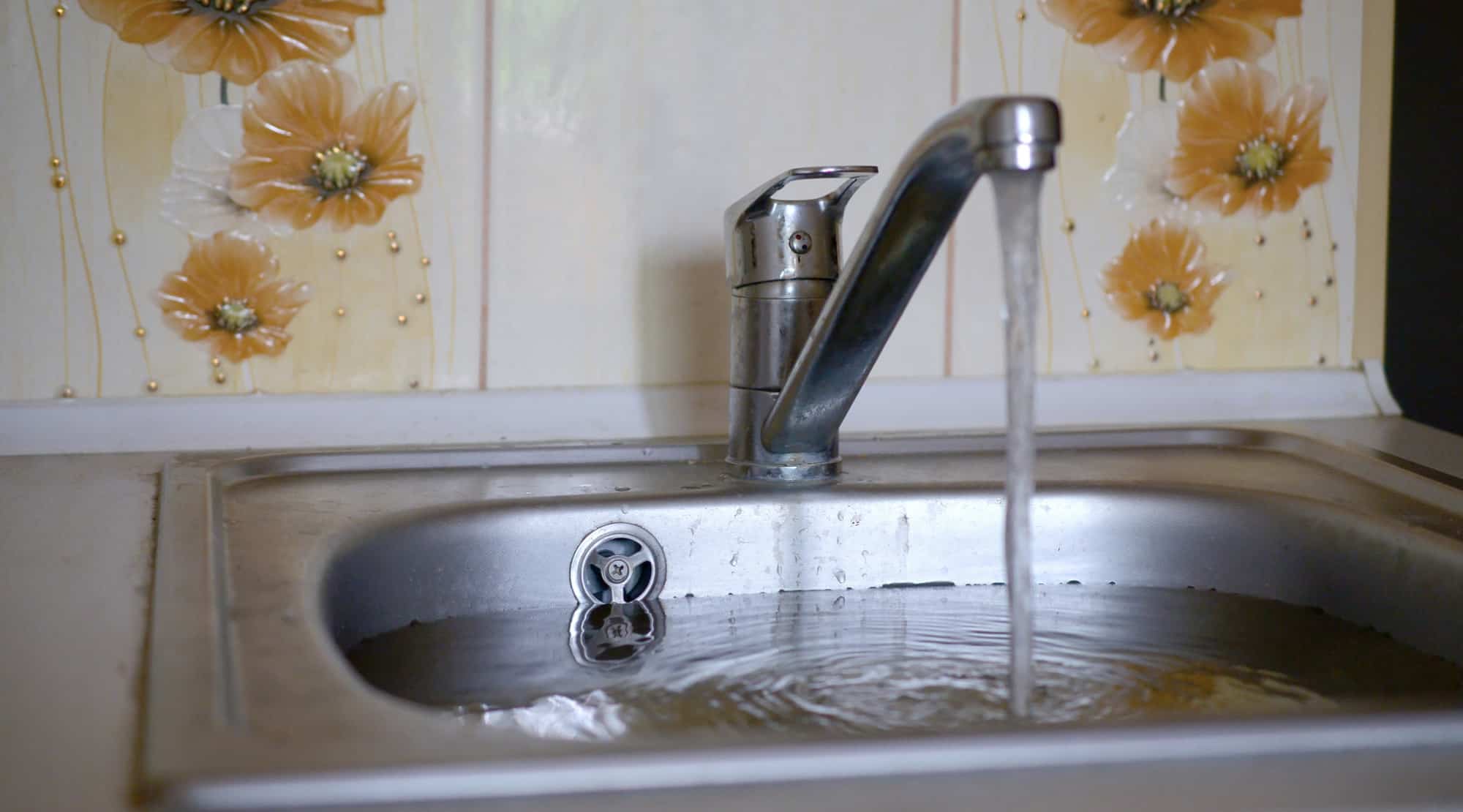
Advanced Drain Maintenance: Hydro Jetting for Optimal Performance
In cases where routine cleaning methods fall short, hydro jetting offers a powerful solution for restoring your drains to peak performance. This high-pressure water blasting technique utilizes specialized equipment that emits streams of water at pressures up to 4000 PSI, effectively scouring the inside of your pipes clean.
The process begins with a thorough camera inspection of your drain lines to identify the extent of blockages and assess the condition of your pipes. Once deemed suitable for hydro jetting, a flexible hose with a specialized nozzle is inserted into the drain. The nozzle sprays water in multiple directions, disintegrating stubborn debris, including tree roots, mineral build-up, and accumulated grime.
Hydro jetting not only clears tough clogs but also removes residue that could lead to future blockages, essentially rejuvenating your pipes. It’s an environmentally friendly method as it relies solely on water, eliminating the need for harsh chemicals that could harm your plumbing or the environment.
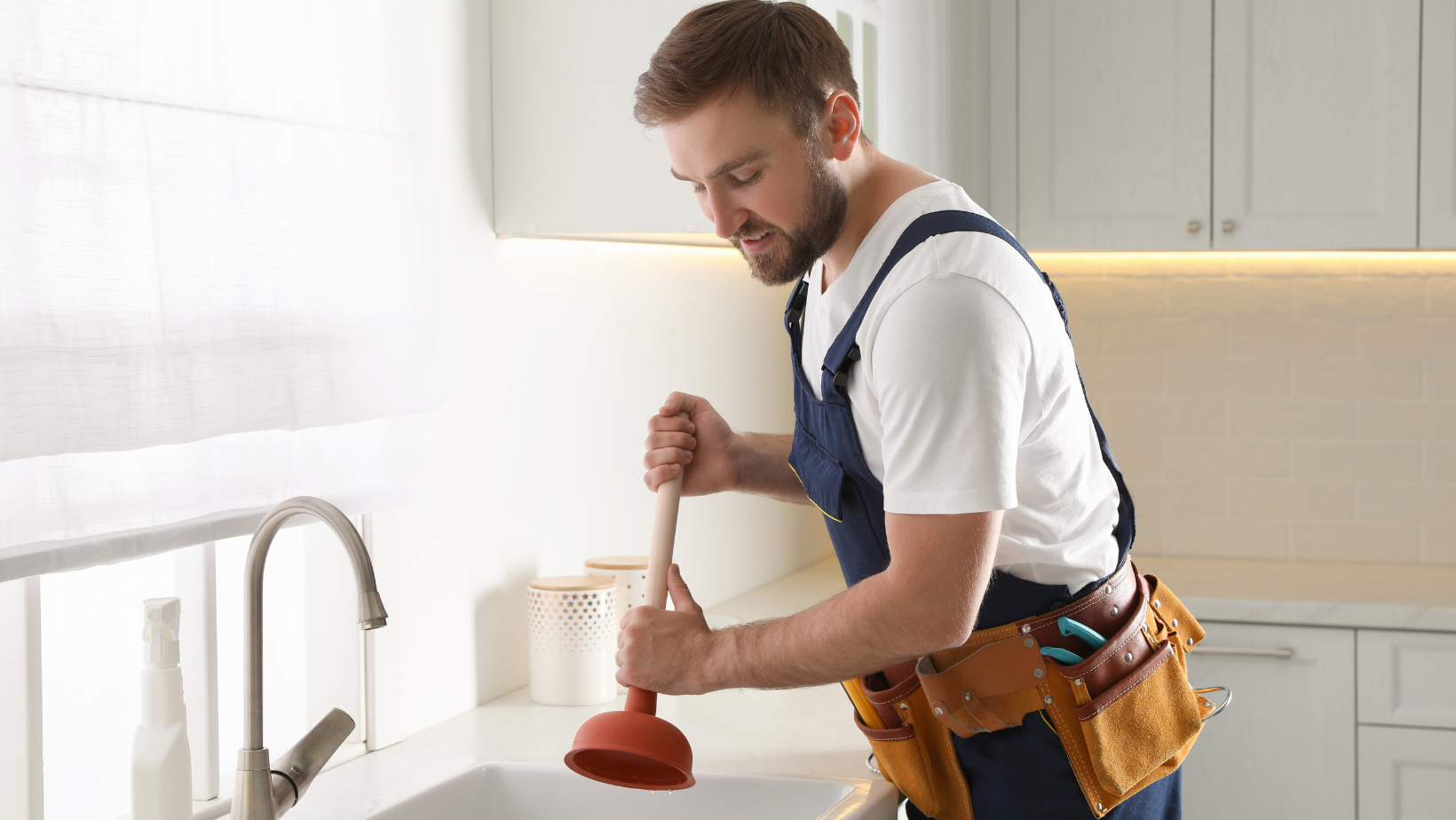
Upgrading Your Plumbing System: Long-Term Solutions
For recurrent clogging issues or outdated plumbing infrastructure, considering a plumbing upgrade may prove beneficial in the long run. Replacing old pipes with modern materials like PEX or copper can significantly improve flow efficiency and reduce the likelihood of leaks and clogs.
In kitchen renovations, installing a garbage disposal unit can effectively grind food waste, preventing large particles from entering the drain system. However, it’s crucial to use these disposals responsibly and not overload them with fibrous materials or hard items like bones.
Conclusion: From Drain Drama to Domestic Bliss
Coping with a clogged kitchen sink filled with standing water can be an unwelcome disruption, but with the right approach, it becomes a manageable challenge. By understanding the causes, arming yourself with the appropriate tools, and systematically applying various unclogging techniques, you can restore the smooth flow of your kitchen sink. Remember, prevention is equally important in avoiding future drain dramas, so adopt good maintenance practices. And when in doubt, don’t hesitate to call upon professional services to ensure the health of your home’s plumbing system. With these strategies in mind, you’re well on your way to converting drain distress into domestic tranquility.
